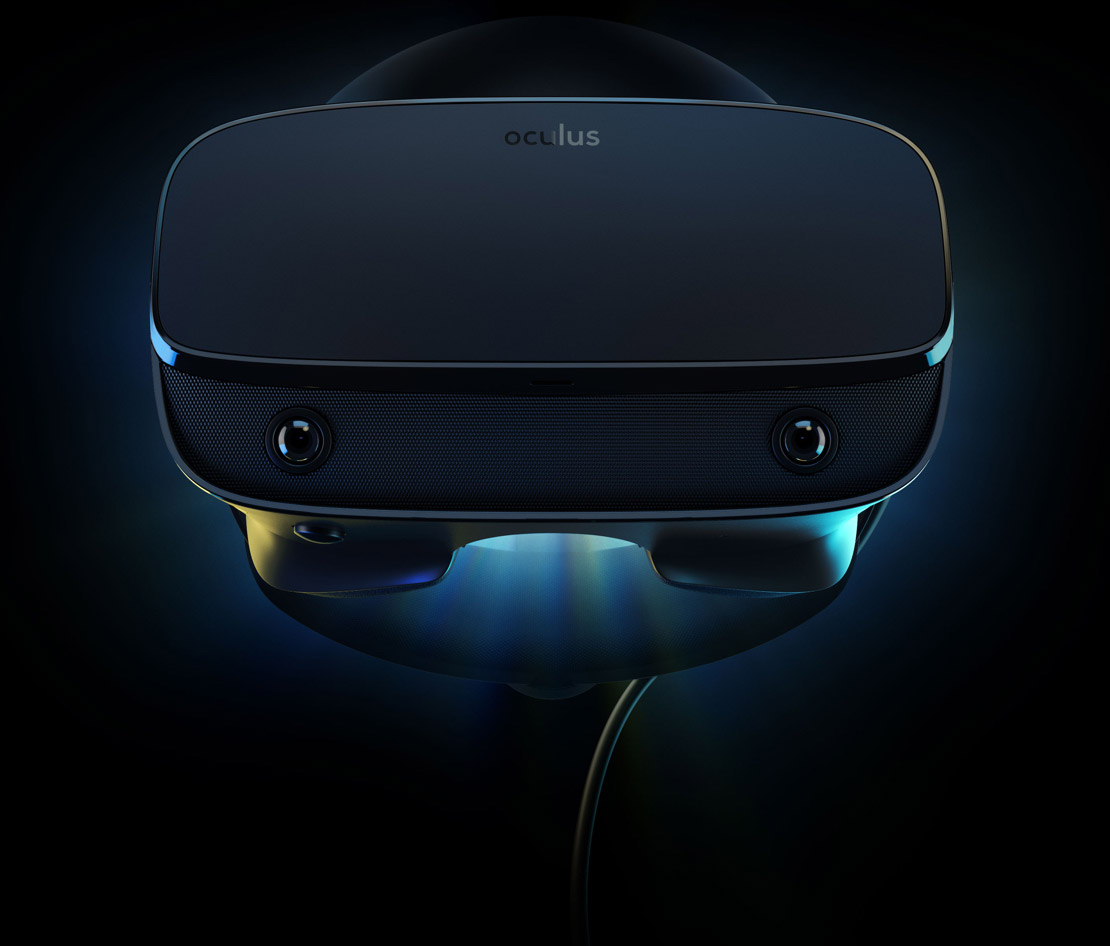In context: Oculus' latest Rift headset is mostly an improvement over its predecessor although a couple of changes are questionable. Also, gamers may not be thrilled at the prospect of paying $50 more for the bundle.
Oculus at the Game Developers Conference on Wednesday unveiled the next generation of its Rift virtual reality headset, the Oculus Rift S.
The new Rift headset is trading out the OLED panels from previous models for the LCD panels used in the Oculus Go, resulting in a mild resolution increase - from 1,080 x 1,200 to 1,280 x 1,440. The trade-off here, however, is in refresh rate which drops from 90Hz down to 80Hz, although you do get a slightly larger field of view.

Elsewhere, you get five onboard cameras for inside-out tracking and improved ergonomics thanks to a co-design partnership with Lenovo. Oculus is also moving away from the on-ear headphones, instead opting for a near-ear solution similar to what's used on the Oculus Go. Fortunately, you can still plug in your own headphones.
As for hardware requirements, Oculus says you'll need at least an Nvidia GTX 1050 Ti or AMD Radeon RX 470 and an Intel Core i3-6100 or AMD Ryzen 3 1200 / FX4350 although a 1060 / RX 480 and Core i5-4590 / Ryzen 5 1500X is recommended.
The Oculus Rift S launches this spring priced at $399 and ships with updated Oculus Touch controllers.